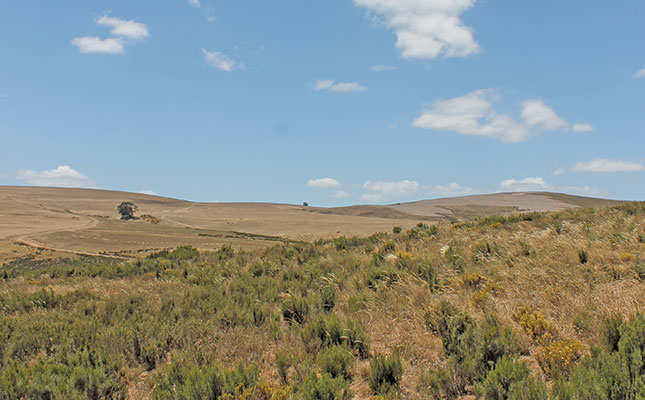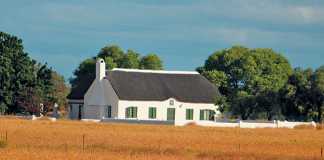
Photo: Denene Erasmus
When tourism or recreational uses for an area are investigated, the most important aspect to take into consideration is why you want to encourage public use of your land. A few key questions to ask yourself are:
- Is it really necessary to develop the land?
- What features are available for, or would be of interest to, users?
- Who are your target markets?
- What sort of activities would be suitable?
These recreational use types should not be in conflict with other uses. For example, you could allow mountain biking to take place on roads and tracks, but it should not be allowed along footpaths or near bird-watching sites.
Remember, too, that once your land is used by the public, you will need to implement some degree of management and exercise access control. The degree to which this is needed will depends on the type of activities allowed, as well as the numbers of people to be accommodated.
Biodiversity
Management of tourism-related activities should always take into account biodiversity and the ecosystem. Bear in mind the following:
- All activities will have some degree of effect on your land.
- The more people who use the site and the higher the impact of the activity, the greater the effect on the environment. This should be considered in the planning stages.
- Cumulative effects become more apparent either over time or due to intensive use.
- Where rules, regulations or conditions need to be in place, make these known via signs and/or leaflets at access points.
- Will you be providing accommodation facilities? If so, you will need to decide which form these will take. Will they be campsites, for example, or chalets? Before developing the facilities, carefully consider their ecological footprint as well as their access to services.
- Roads might need to be built or existing ones improved. Frequently used roads will require ongoing maintenance to prevent erosion.
- Depending on the activities, health and safety precautions might have to be considered. This is particularly important where water sport activities are allowed.
- If you are considering stocking the area with game, waterholes and feeding stations may need to be installed. These might affect where your other developments are locacted. You will also have to plan stocking rates.
Infrastructure
Before any building or developing can take place, you will need to develop a tourism and recreation management plan or a conservation development framework.
This has to include the design of the development, as well as the position of access routes, infrastructure and other facilities. It should also outline the potential effects and how to manage these.
Certain uses and facilities might trigger listed activities under the National Environmental Management Act and thus require an environmental impact assessment, for which you will need to contact an environmental assessment practitioner.
For advice or guidance on any of these issues, visit capegateway.gov.za, or consult CapeNature, or your local municipality.
Source: ‘Tourism & Recreation Use’.










